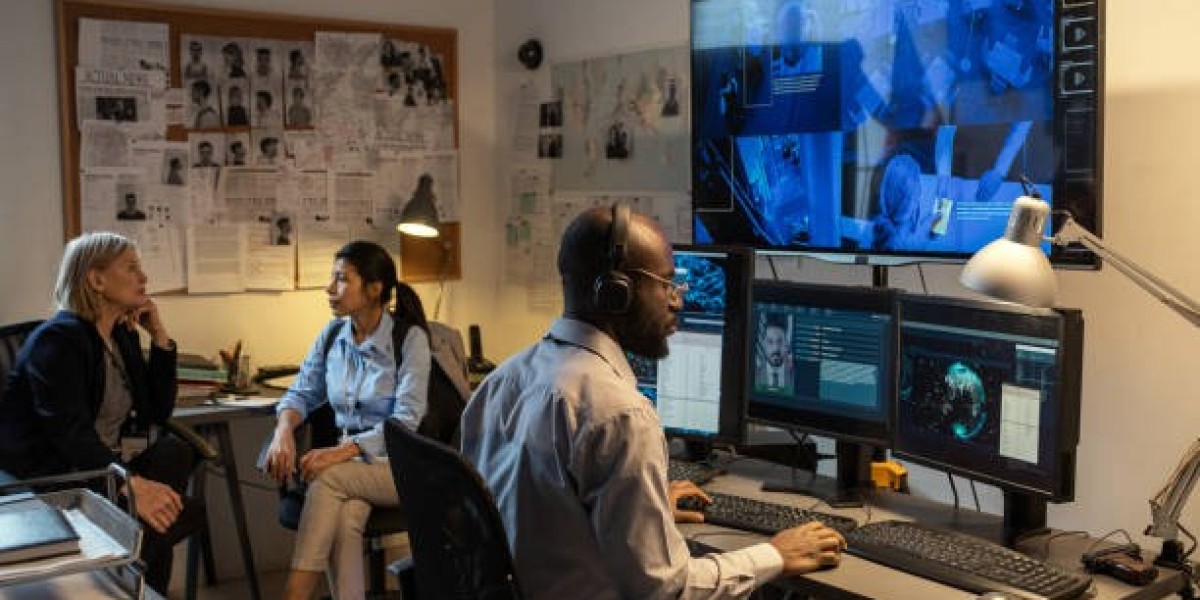Introduction
In an era dominated by visual content, the authenticity of images has become a paramount concern. With the proliferation of photo-editing tools and the ease of digital manipulation, discerning genuine from manipulated images has become a challenging task. This predicament has given rise to the need for robust image authentication technologies that can unveil the truth behind each pixel. Image authentication, the process of verifying the legitimacy of an image, has become a crucial player in the battle against misinformation and digital deception. In this article, we delve into the fascinating realm of image authentication, exploring the cutting-edge technologies that unmask the unseen alterations in our visual landscape.
The Technology Behind Image Authentication
Unraveling the Digital Tapestry
At the heart of image authentication lies a sophisticated interplay of algorithms and techniques designed to scrutinize every aspect of an image. Forensic analysis tools, often employed in criminal investigations, have found a new battlefield in the realm of digital media. These tools examine the metadata, such as date, time, and location, embedded in an image file. Additionally, algorithms capable of detecting anomalies in pixel patterns or inconsistencies in lighting and shadows play a crucial role. Machine learning algorithms, trained on vast datasets of authentic and manipulated images, have become adept at identifying subtle alterations that escape the human eye. The amalgamation of these technologies forms a formidable arsenal against the rising tide of manipulated visuals in the digital landscape.
Blockchain: A Sentinel of Authenticity
Blockchain technology, renowned for its role in securing financial transactions, has found a novel application in image authentication. By creating an immutable and decentralized ledger of image transactions, blockchain ensures that once an image is captured, any subsequent alterations are recorded transparently. This creates an unforgeable chain of custody for digital images, providing a reliable means of verifying their authenticity. The decentralized nature of blockchain also mitigates the risk of a single point of failure, enhancing the security of the image authentication process. As we navigate the intricate web of digital images, blockchain emerges as a sentinel, standing guard against the manipulation of visual narratives.
Conclusion
In the relentless pursuit of truth in the digital age, image authentication emerges as a powerful ally. The fusion of forensic analysis, machine learning, and blockchain technologies creates a robust ecosystem capable of unmasking the unseen alterations within our visual content. As we grapple with the challenges posed by manipulated images, the evolving landscape of image authentication continues to push the boundaries of technological innovation. By understanding and embracing these advancements, we pave the way for a more trustworthy and transparent visual realm, where the authenticity of every pixel can be confidently affirmed. Unmasking the unseen is not merely a technological feat; it is a testament to our commitment to truth in the ever-evolving digital narrative.








